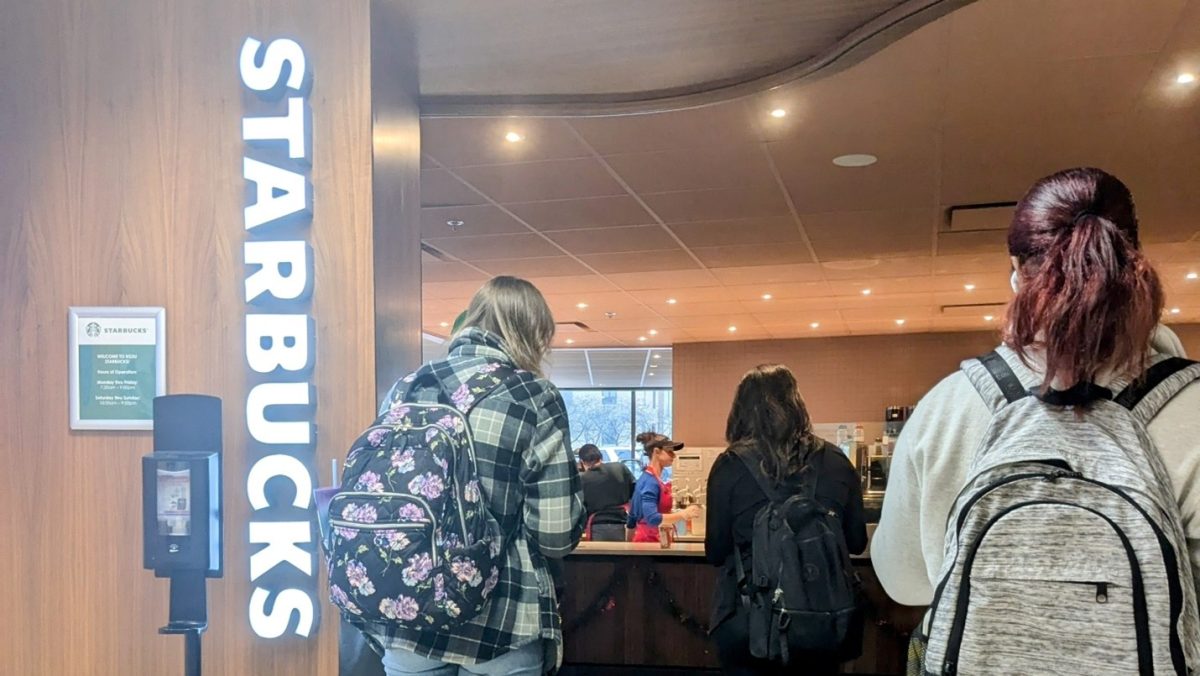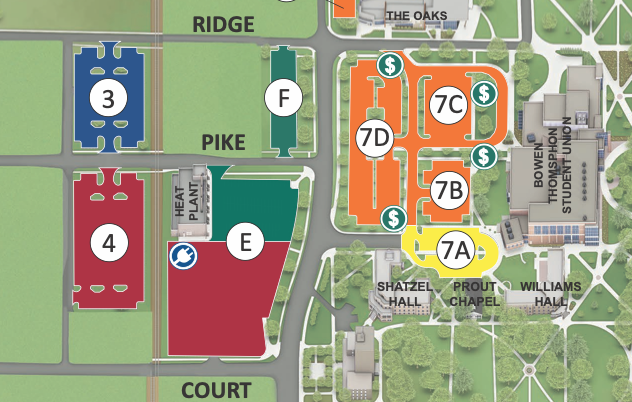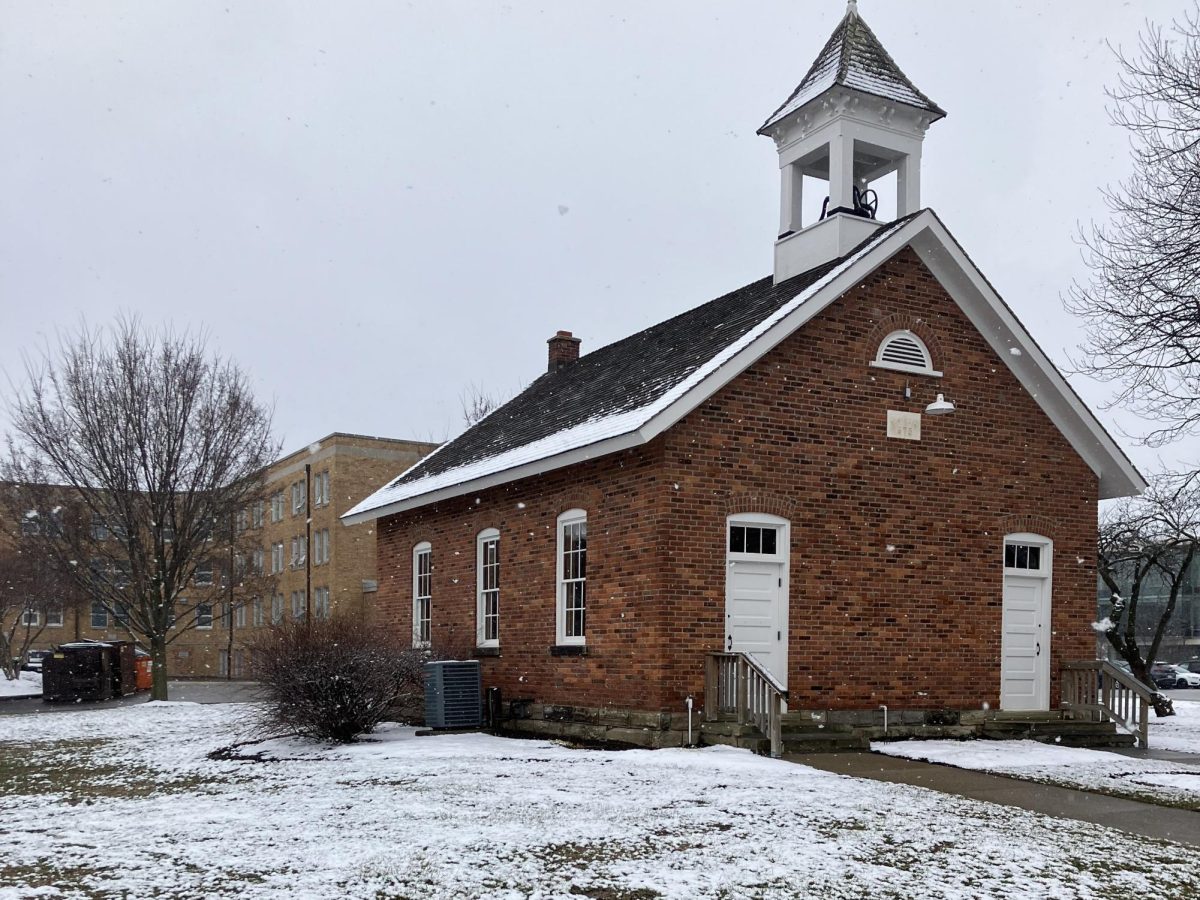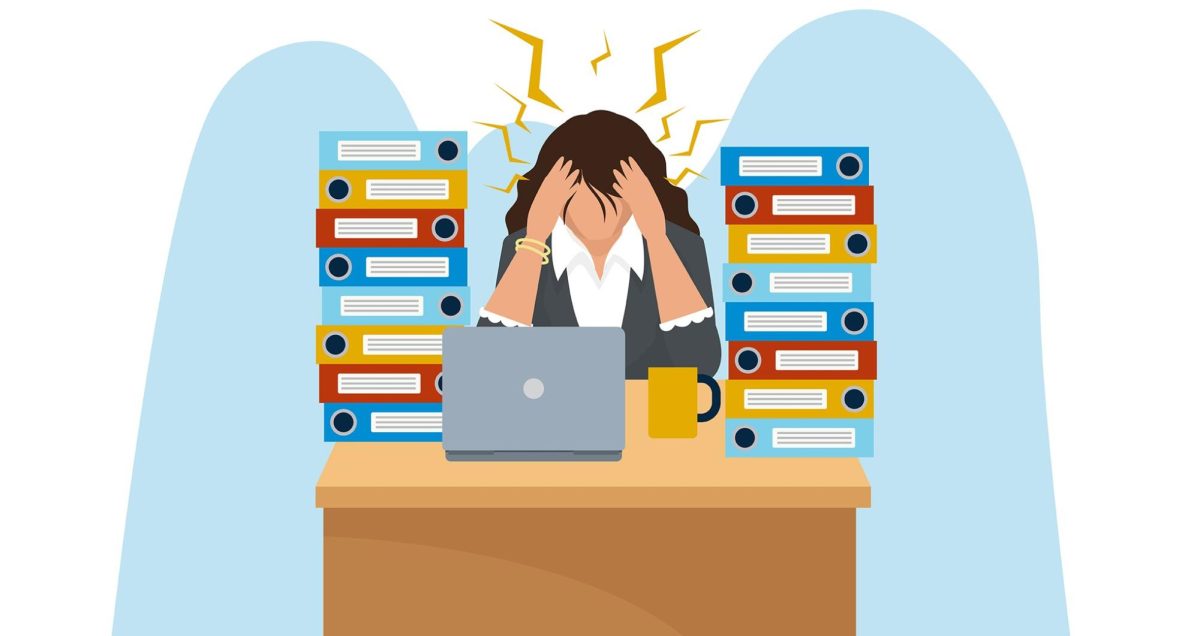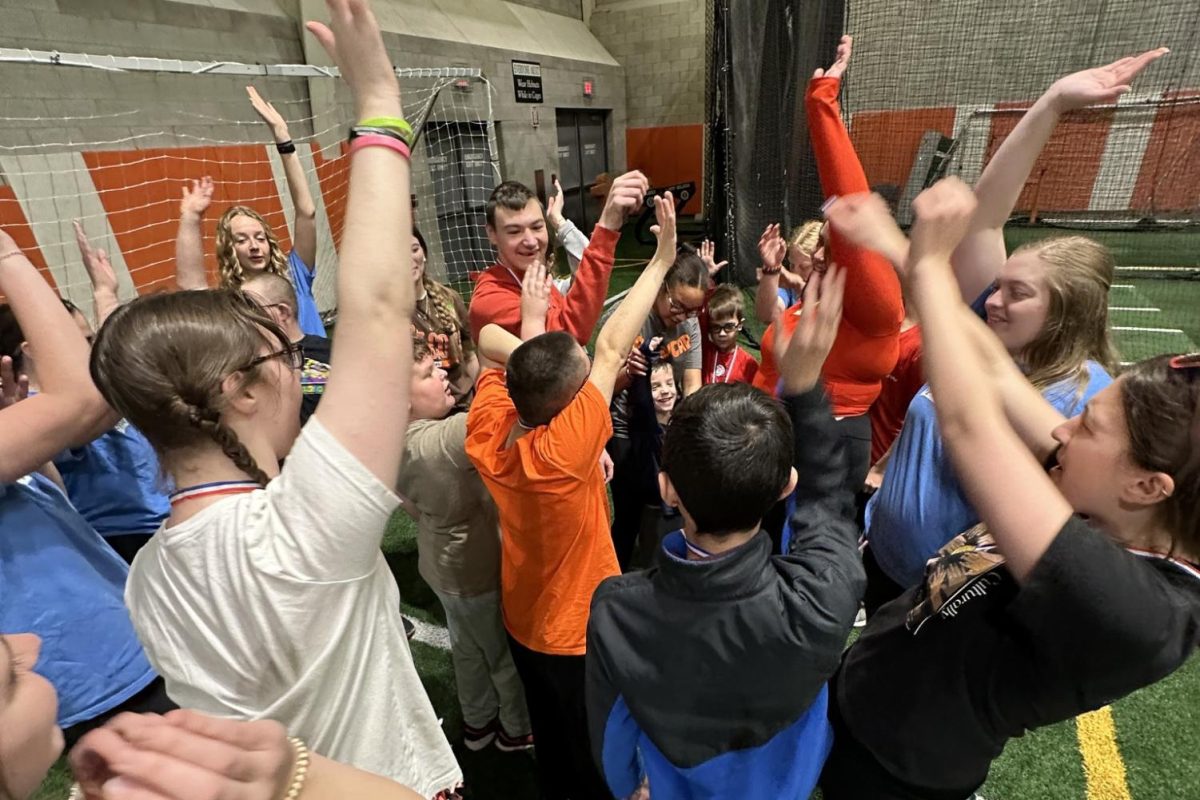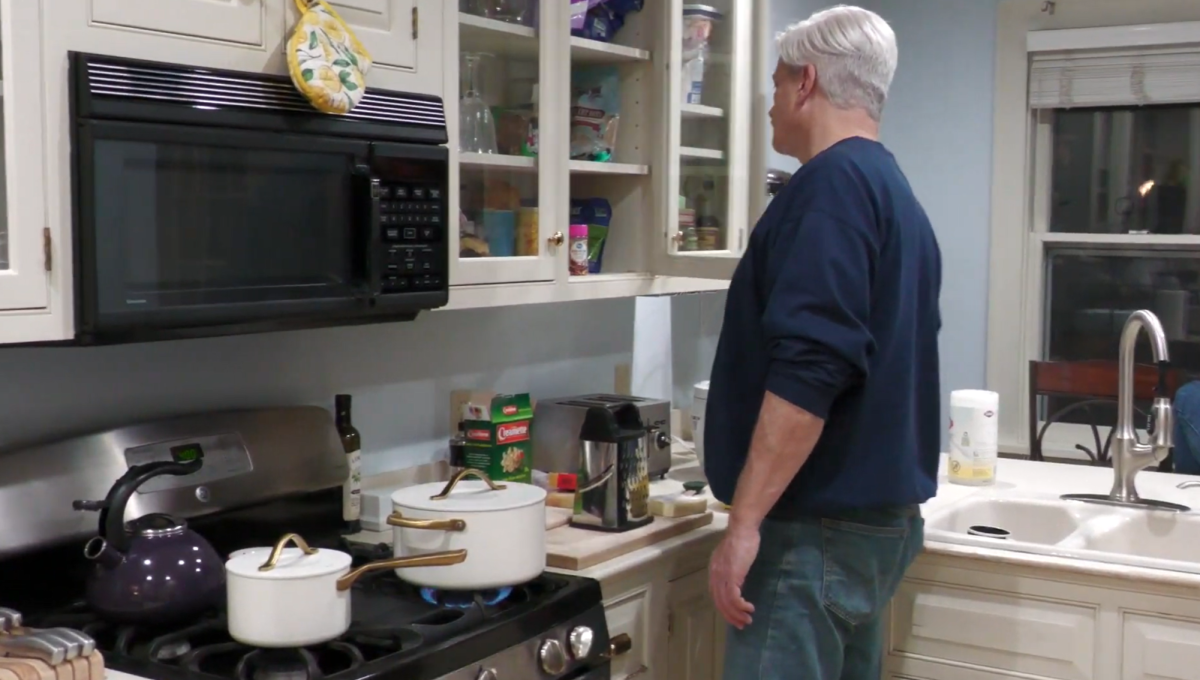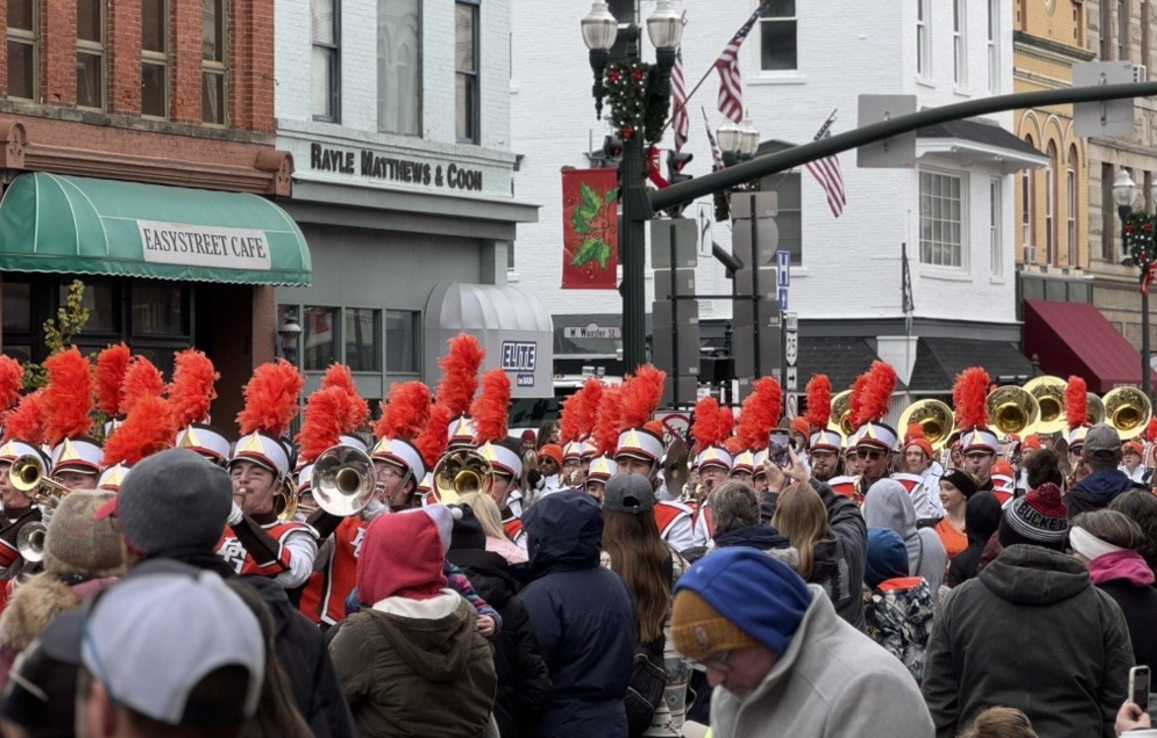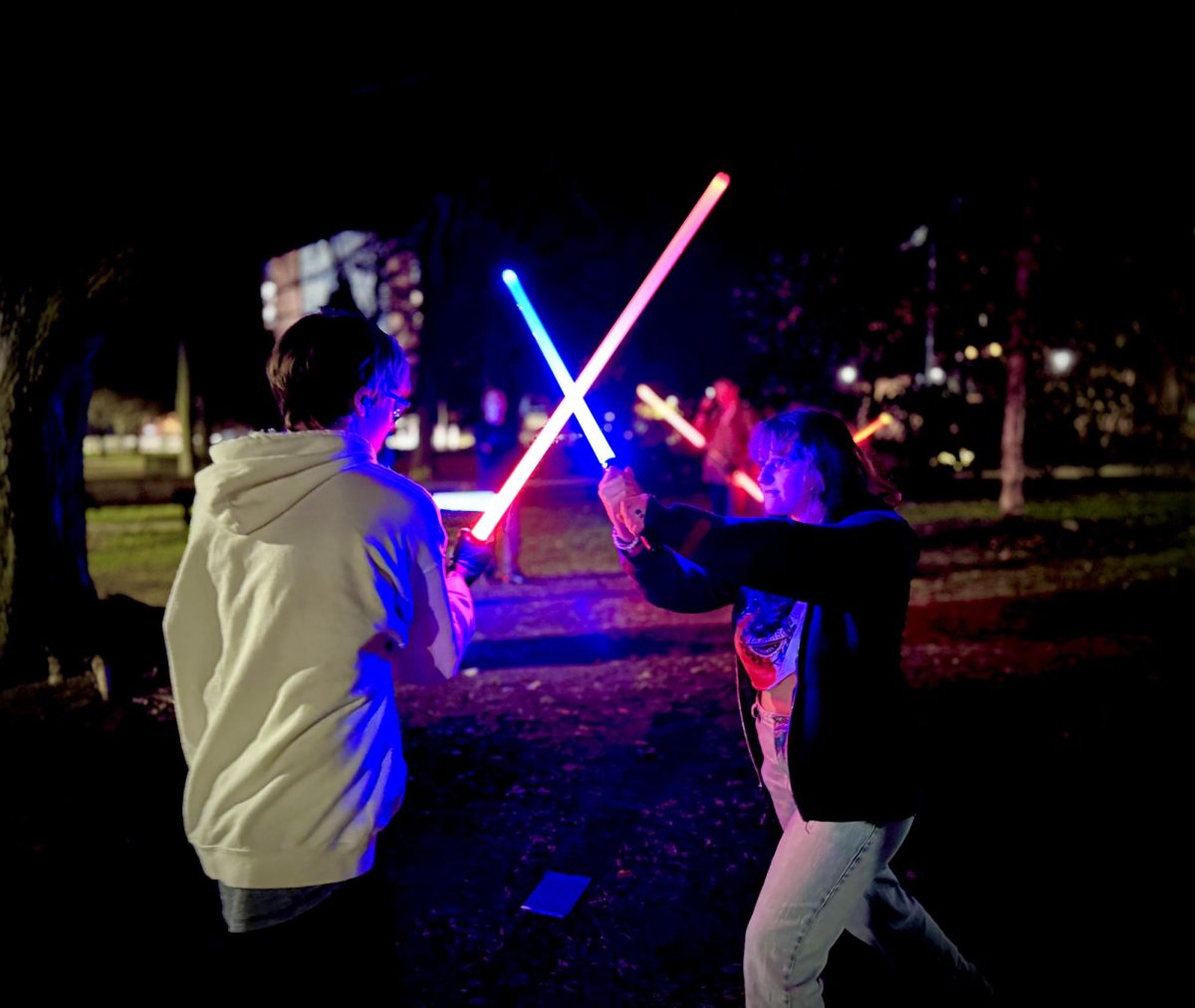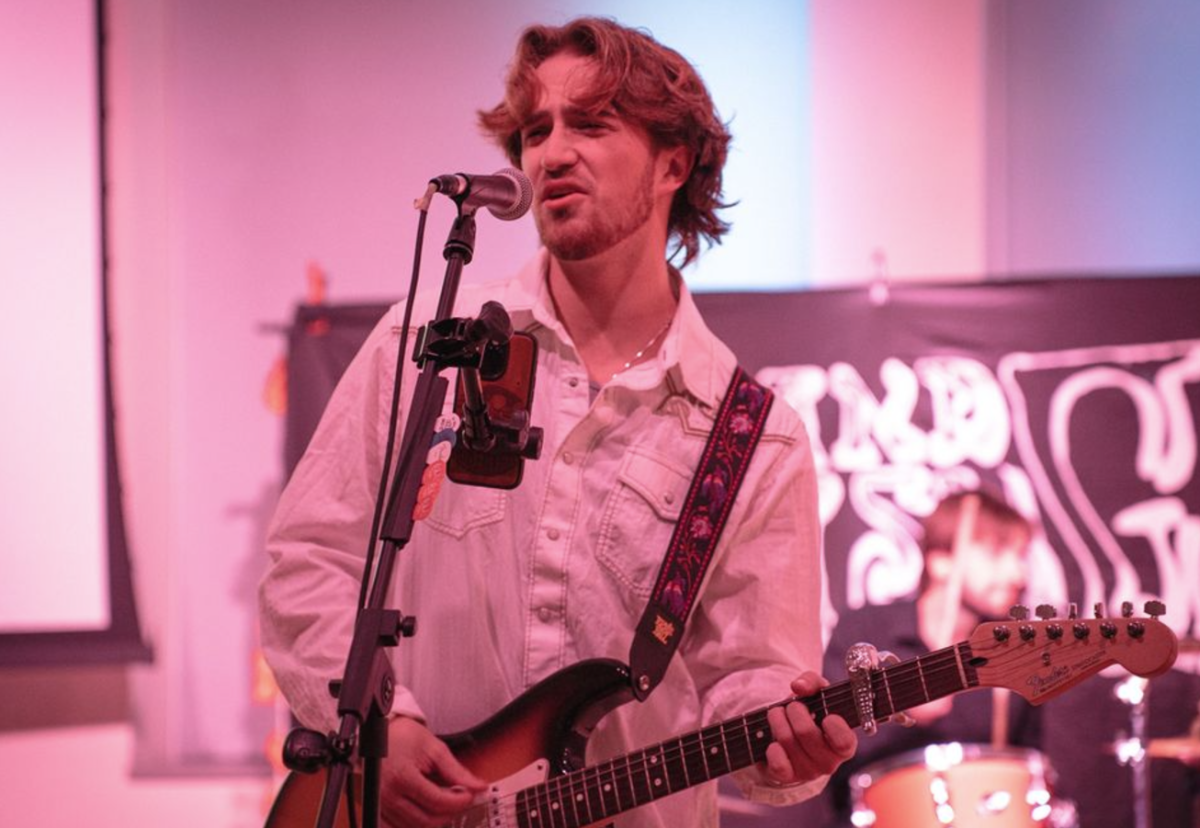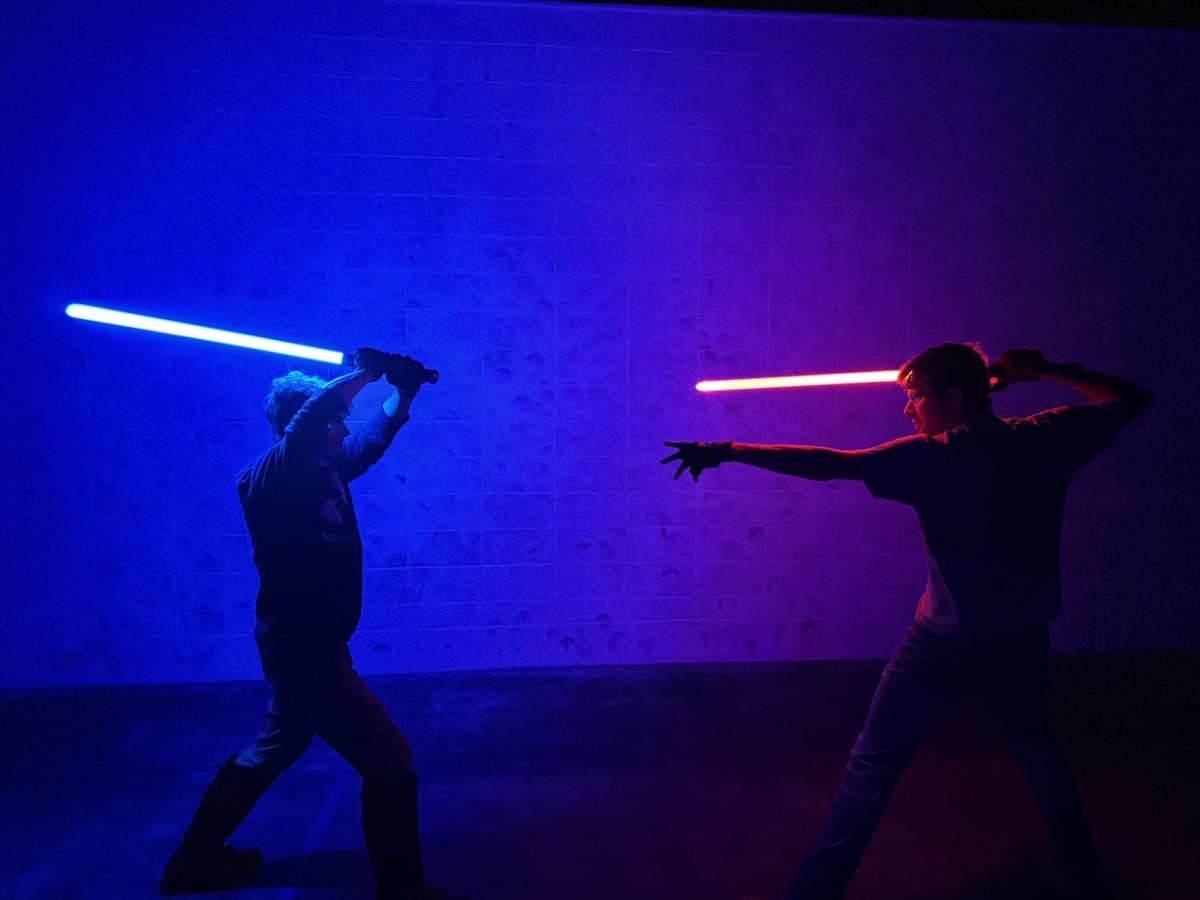- Who: The Department of Physics and Astronomy
- What: Safely viewing the solar eclipse
- When: Monday, August 21 from 1 to 3:30 pm
- Where: The physical sciences building, the BGSU observatory
Seeing a solar eclipse is rare. Professor John Laird, chair of the department of physics and astronomy, said the last time a solar eclipse was visible from Bowling Green was in the 90s. Now students and community members have an opportunity to experience a solar eclipse with assistance from BGSU faculty.
Laird said there will be telescopes fitted with solar filters on the roof of the physical sciences building for viewers to use, as well as a live stream broadcast in the planetarium. The department will also have eclipse glasses available, which protect the eyes when observing the sun.
- What is a solar eclipse?
- A solar eclipse is when a full moon moves between the sun and earth. Its shadow is cast on the earth and blocks out all or part of the sun. BG is not experiencing a total solar eclipse on the 21st, so the moon will only block part of the sun.
- When is the next time we will experience a solar eclipse?
- BG will experience its next solar eclipse in 2024. BG is in the path of totality during the 2024 eclipse, so the moon will block all sunlight from BG for a brief period of time.
- What path does this eclipse follow?
- During this eclipse, the path of totality, where the moon completely blocks the sun, crosses the US diagonally from Oregon to South Carolina in a strip about 70 miles wide.
WARNING: Please do not attempt to look at the eclipse without proper eye protection. The sun is incredibly powerful, and looking directly at the sun can damage your eyes and may cause blindness. To view safely, you can use glasses from the department of physics and astronomy or purchase your own pair. Alternatively, you can build your own pinhole camera for viewing by following these easy instructions from NASA.


